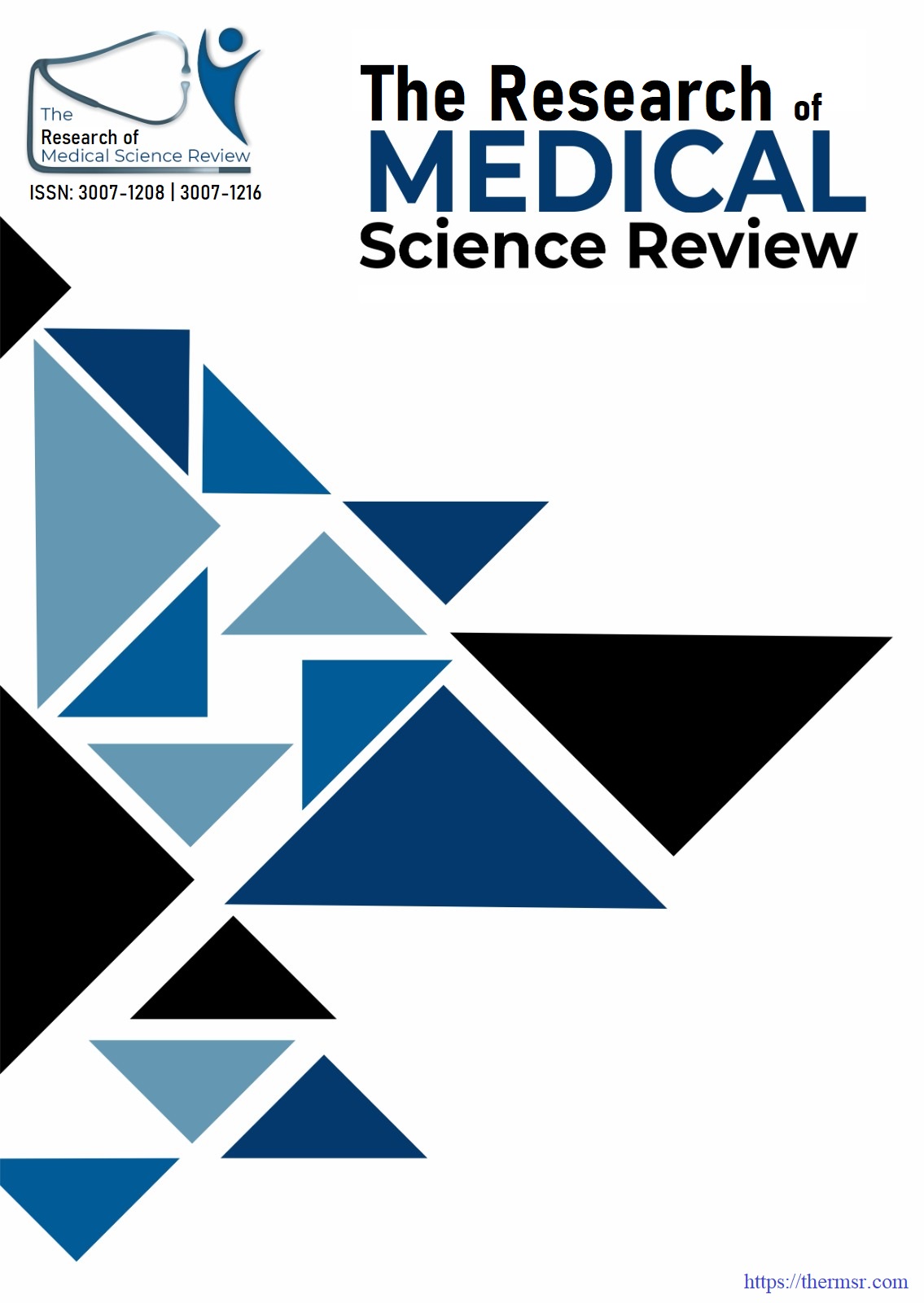OUTCOMES OF NONINVASIVE VENTILATION USE IN PATIENTS WITH INTERSTITIAL LUNG DISEASE: A CROSS-SECTIONAL STUDY
Main Article Content
Abstract
Background: ILD is a progressive disease that results in scarring of the lungs, impaired oxygen supply, and failure to breathe effectively. The noninvasive ventilation (NIV) consists of no intubated ventilatory support. Though it has found application in the treatment of acute respiratory distress, its effects in patients with ILD have not been well studied.
Objectives: To assess the prevalence of NIV utilization among ILD-patients and evaluate its impact on clinical outcome, and to determine the predictive variables impacting oxygenation, discharge status, quality of life, and short-term prognosis.
Study Design: A Cross-Sectional Study.
Place and Duration of Study. Department of Pulmonology at Jinnah Postgraduate Medical Center from Sep 2024 to March 2025
Methods: The study included ILD patients who were accessioned to or followed up with NIV as a supportive therapy. Structured interviews and hospital records were used to collect data on demographics, NIV utilization, comorbidities, and outcomes. Prevalence, outcomes, and predictive factors of a favorable response to NIV therapy were determined using descriptive statistics, chi-square tests, and logistic regression.
Results: There were 92 ILD patients enrolled; the average age was 64.7 9.8. Fifty-eight percent of patients were treated using NIV. Users of NIV were significantly better in aspects of oxygenation (p = 0.032) and discharges (p = 0.021) than non-users. The duration of using NIV was associated with improved symptom control by patients receiving >72 hours of NIV. Logistic regression analyses revealed that a geek <65 (p = 0.015) and a lack of comorbid COPD (p = 0.004) were found to predict a positive answer as well. The NIV group showed improved quality-of-life scores (p = 0.027), and the severity of invasive ventilation use was reduced (p = 0.018).
Conclusion: NIV has an important clinical role in the treatment of ILD patients, exhibiting significant effects on the outcomes of oxygenation, symptom palliation, and hospital discharge. There was a better response in younger patients and those with no severe comorbidities. The results confirm that NIV should become a routine intervention in the care of selected ILD patients with dyspnea. There is a need for large-scale research to develop guidelines and to enhance positive patient outcomes in the long term based on evidence-based ventilation strategies.
Downloads
Article Details
Section

This work is licensed under a Creative Commons Attribution-NonCommercial-NoDerivatives 4.0 International License.
